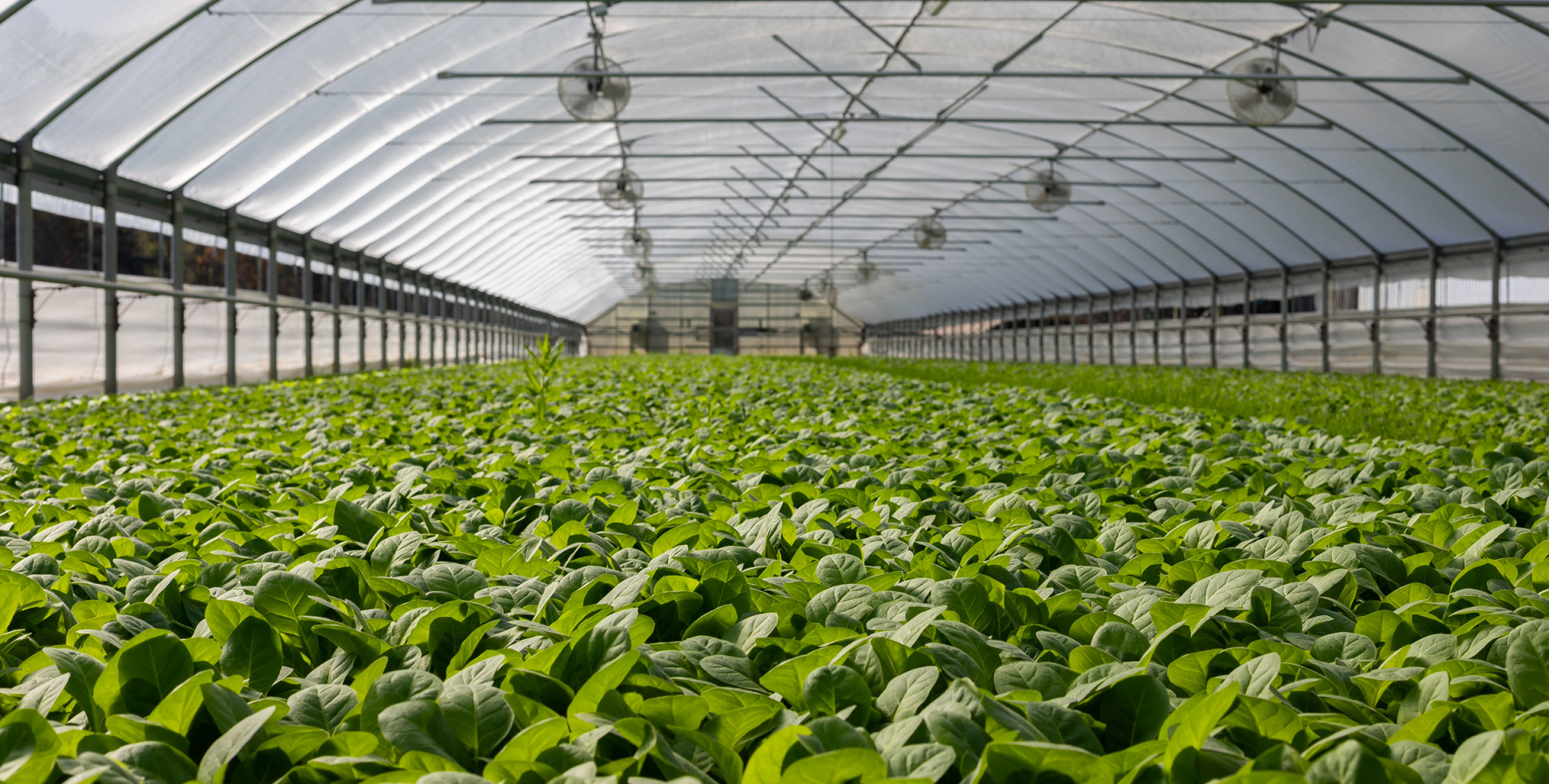New Olive Orchards: How to Fertilize During the Nursery Stage
Post-transplant nutritional practices that help promote strong and productive olive groves
Planting young potted olive trees is the very first and most delicate step toward a successful and productive orchard. The way trees establish during the nursery stage can determine whether they grow uniformly, develop efficiently, and achieve high productivity.
The first month: genetics, roots, and resilience
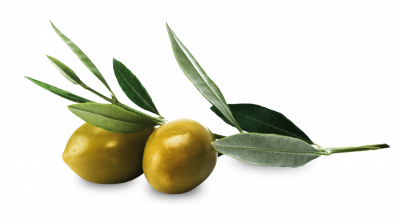
Whether planting in autumn or spring, the quality of establishment during the nursery stage sets the future of the orchard.
In intensive and super-intensive systems, uniform growth is critical: only trees that root well and develop evenly can support efficient production and mechanical harvesting.
Selecting high-quality genetic material is the foundation, but to turn varietal potential into vigor and resilience, young plants need targeted nutritional and biostimulant support. Without it, gaps, delayed growth, or high susceptibility to pathogens can compromise orchard uniformity and profitability.
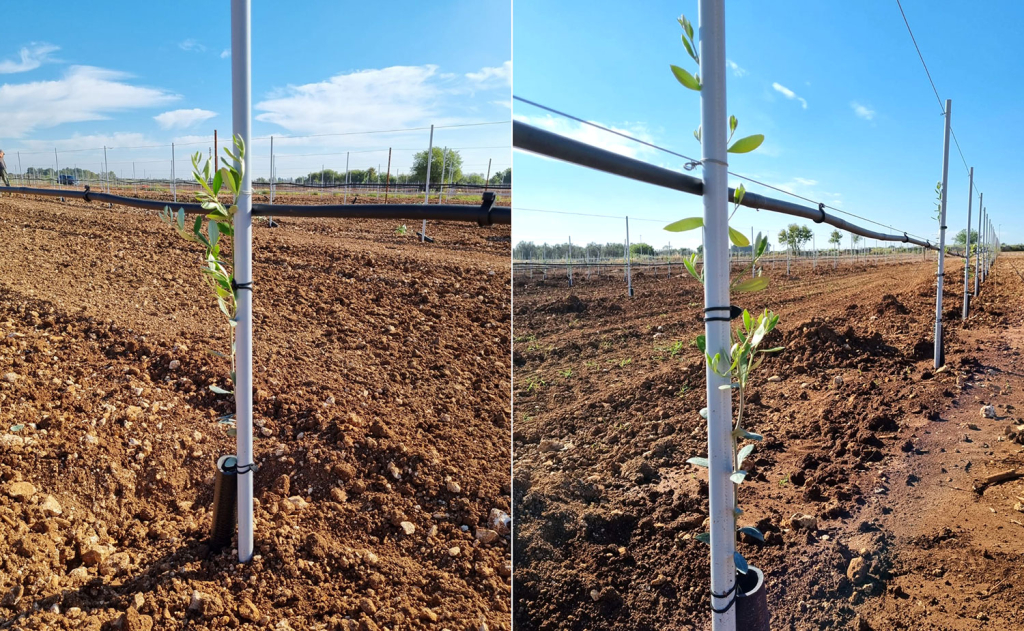
Why roots are the key to success
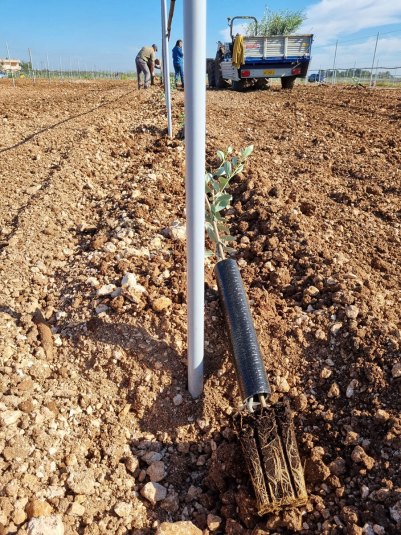
The first month should be considered a strategic window to build a healthy, strong, and functional root ecosystem.
Well-branched roots rich in capillaries improve water and nutrient uptake, supporting balanced canopy growth.
At the same time, fostering a vital rhizobiome with beneficial microorganisms enhances absorption and contributes to stronger, more resilient plants.
Proper nutrient availability, especially when paired with a vigorous root system, allows young trees to fully express their genetic potential while reducing stress from the very first weeks after transplanting.
Fertilization during the nursery stage
To promote rapid establishment, balanced growth, and plant resilience, Biolchim has developed an integrated program of biostimulation and fertilization tailored for the first weeks after transplanting.
The strategy includes three key steps:
1. Pre-transplant root dip: mycorrhization and immediate stimulation
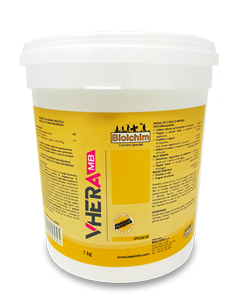
Before planting, the root ball is immersed in a solution containing VHERA® MB (a microbial consortium for root health) and NOV@® (a balanced growth stimulant):
- VHERA® MB provides mycorrhizal fungi and beneficial rhizosphere bacteria, expanding root reach and absorption capacity.
- NOV@® helps stimulate root extension and capillarization, regulates hormonal flow, and promotes balanced growth; its organic matter also supports beneficial microorganisms.
In soils prone to nematodes or other threats, VHERA® MB can be replaced with VHERA®, a liquid microbial solution with strong resilience-enhancing action. If a pre-transplant dip is not feasible, these products can be applied with the first post-transplant fertigation.
2. Fertigation: rooting boost and balanced nutrition
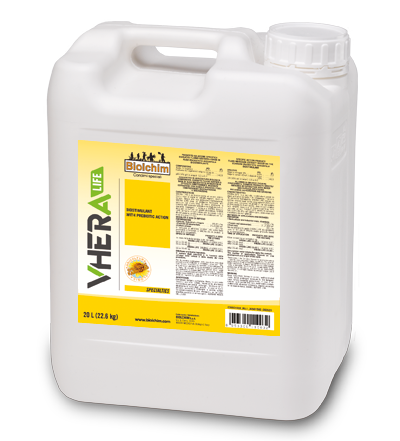
10–14 days after transplanting, trees receive fertigation with:
- VHERA® LIFE, a rooting biostimulant that accelerates root growth and supports beneficial soil microflora.
- GREEN-GO® 8.24.16+10 CaO, a water-soluble, balanced NPK+Calcium fertilizer free from chlorine and sulfates*, providing readily available nutrients for vegetative growth.
This treatment can be repeated after two weeks to ensure continuous stimulation and nutrition.
* Free from chlorine and sulfates means no chlorine or sulfate ingredients are intentionally added. Naturally occurring trace levels may be present.
3. Microbial reinforcement: consolidating root symbiosis
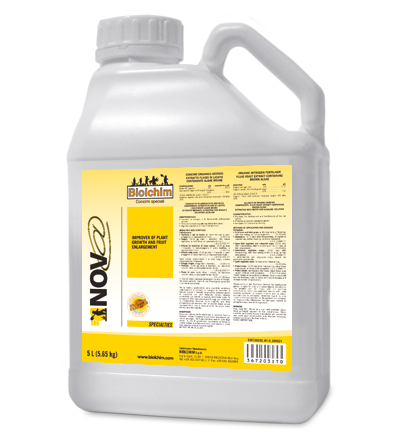
Seven days later, a reinforcement fertigation with VHERA® MB and NOV@® helps strengthen the rhizobiome, maintaining high populations of beneficial microorganisms and stimulating root activity.
This step helps enhance root branching, nutrient absorption, hormonal balance, and vegetative stability, consolidating the symbiotic network and helping young trees become stronger, more efficient, and more uniform.
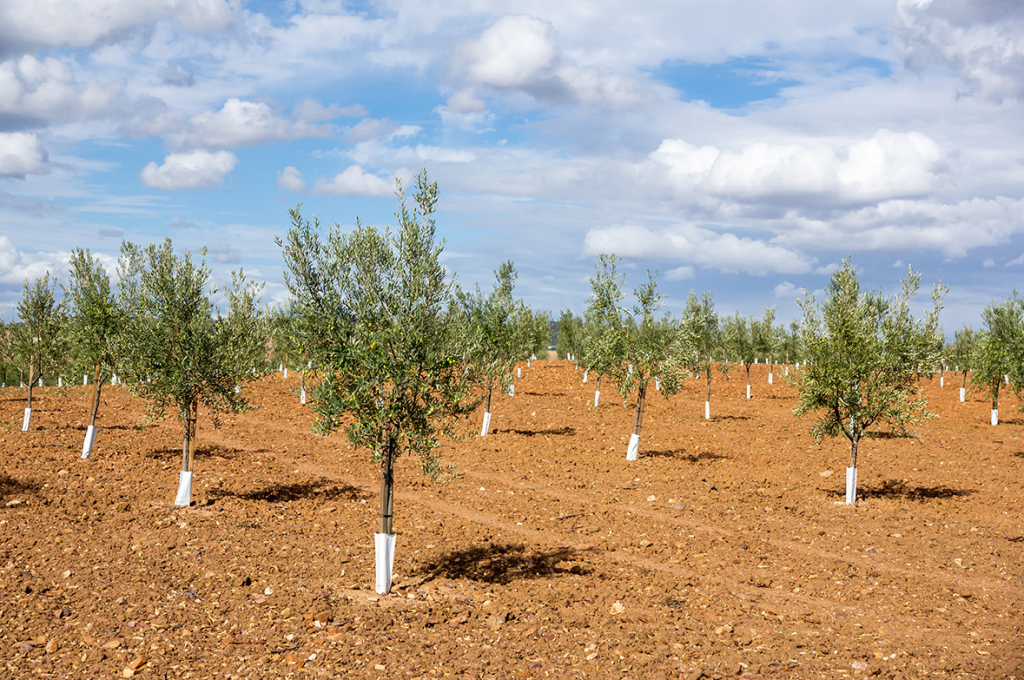
Conclusion – a strategy designed for olive professionals
Fertilization during the nursery stage is not a phase to improvise; it is the turning point for future orchard productivity.
By integrating biostimulation, beneficial microorganisms, and targeted nutrition, Biolchim supports olive trees from transplanting through uniform and vigorous vegetative growth.
The result: young plants that are stronger and more resilient, better able to withstand water and heat stress and other adversities, fully expressing their genetic potential in the years to come.
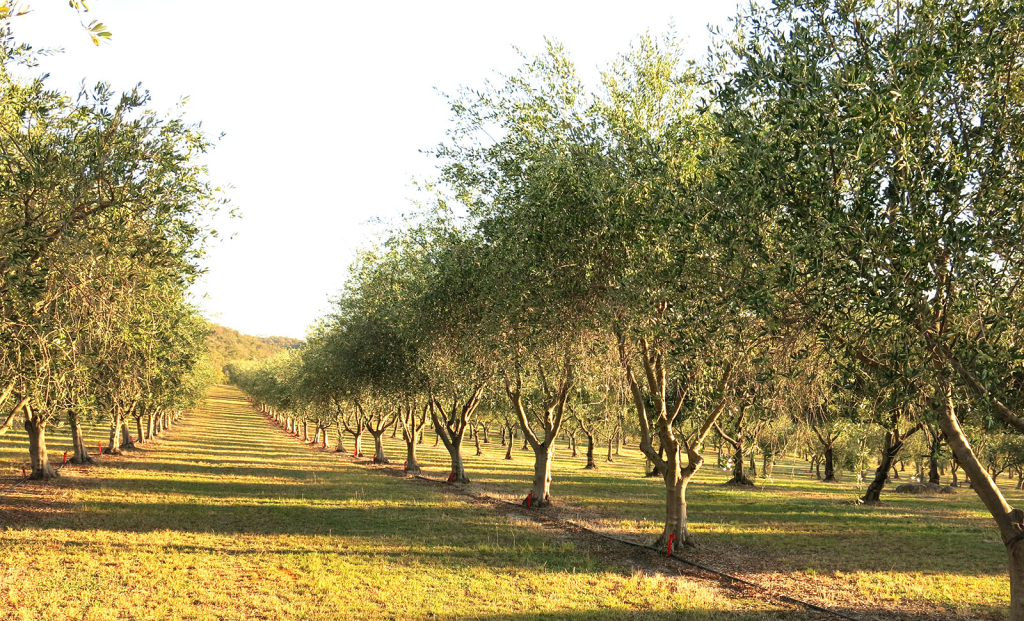
Want to learn how to apply this strategy in your olive orchard?
Contact Biolchim’s technical service for personalized advice and to design the most suitable program for your plantation.




